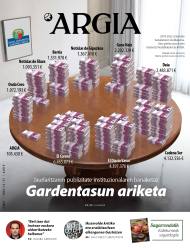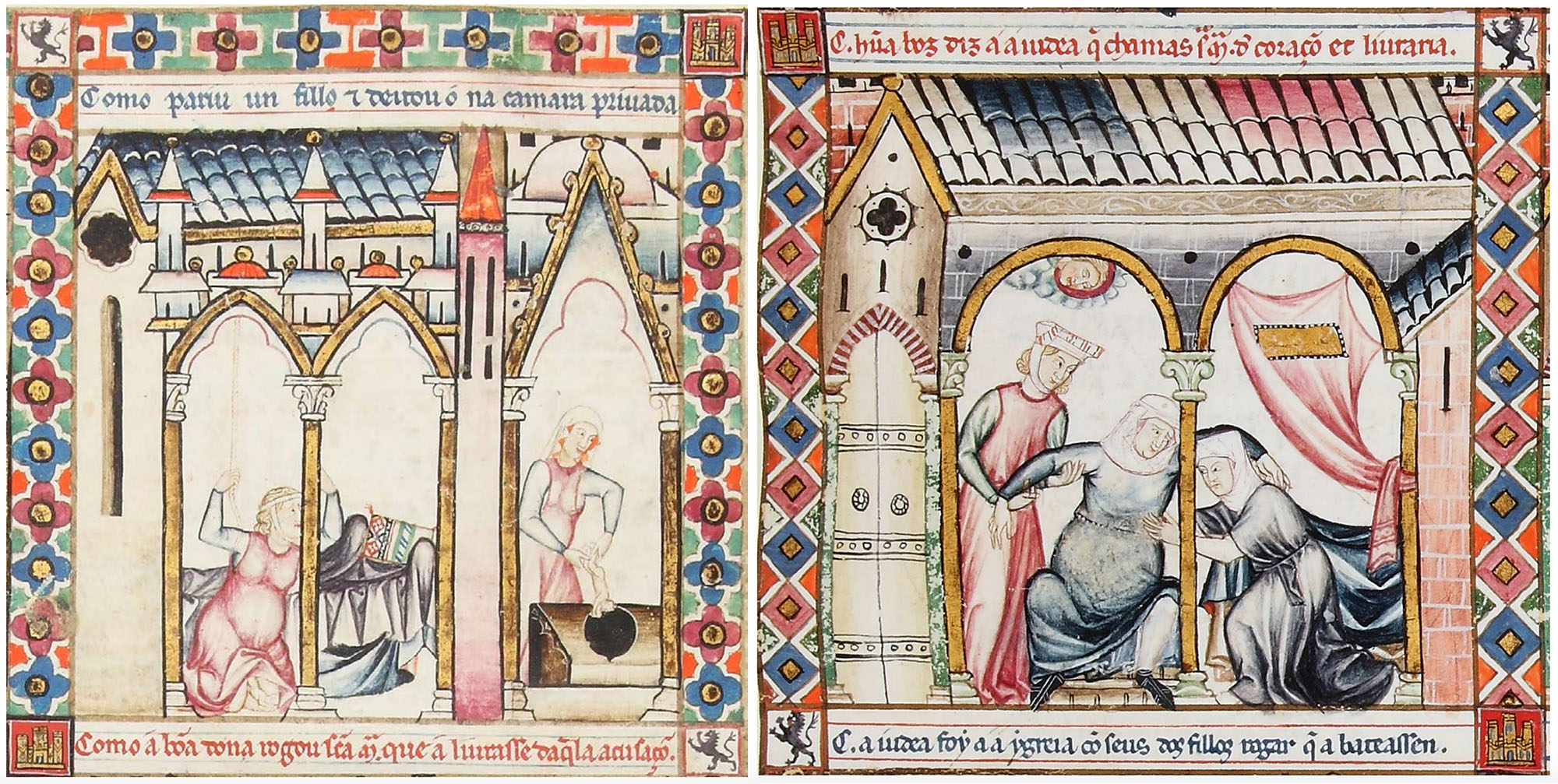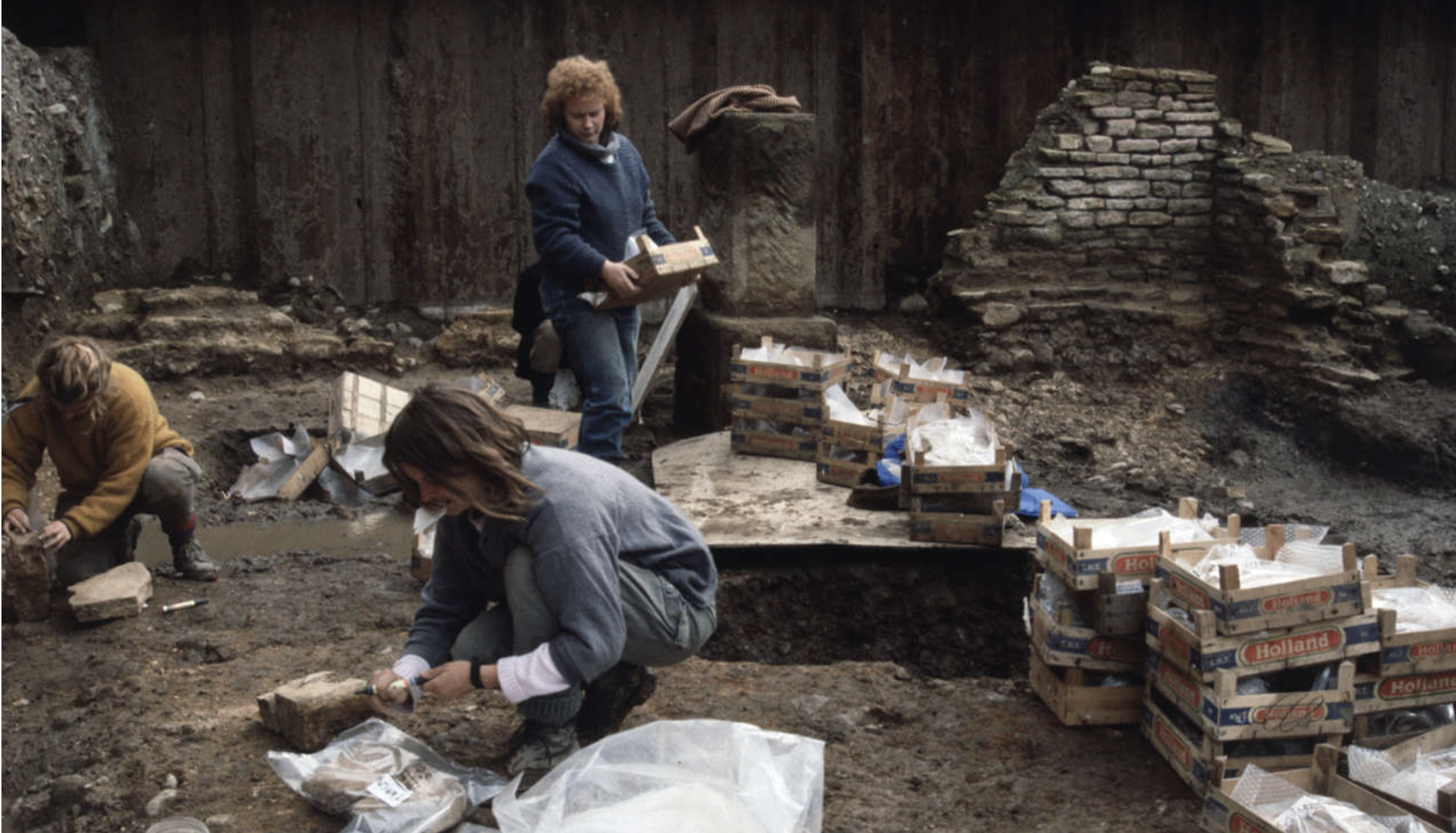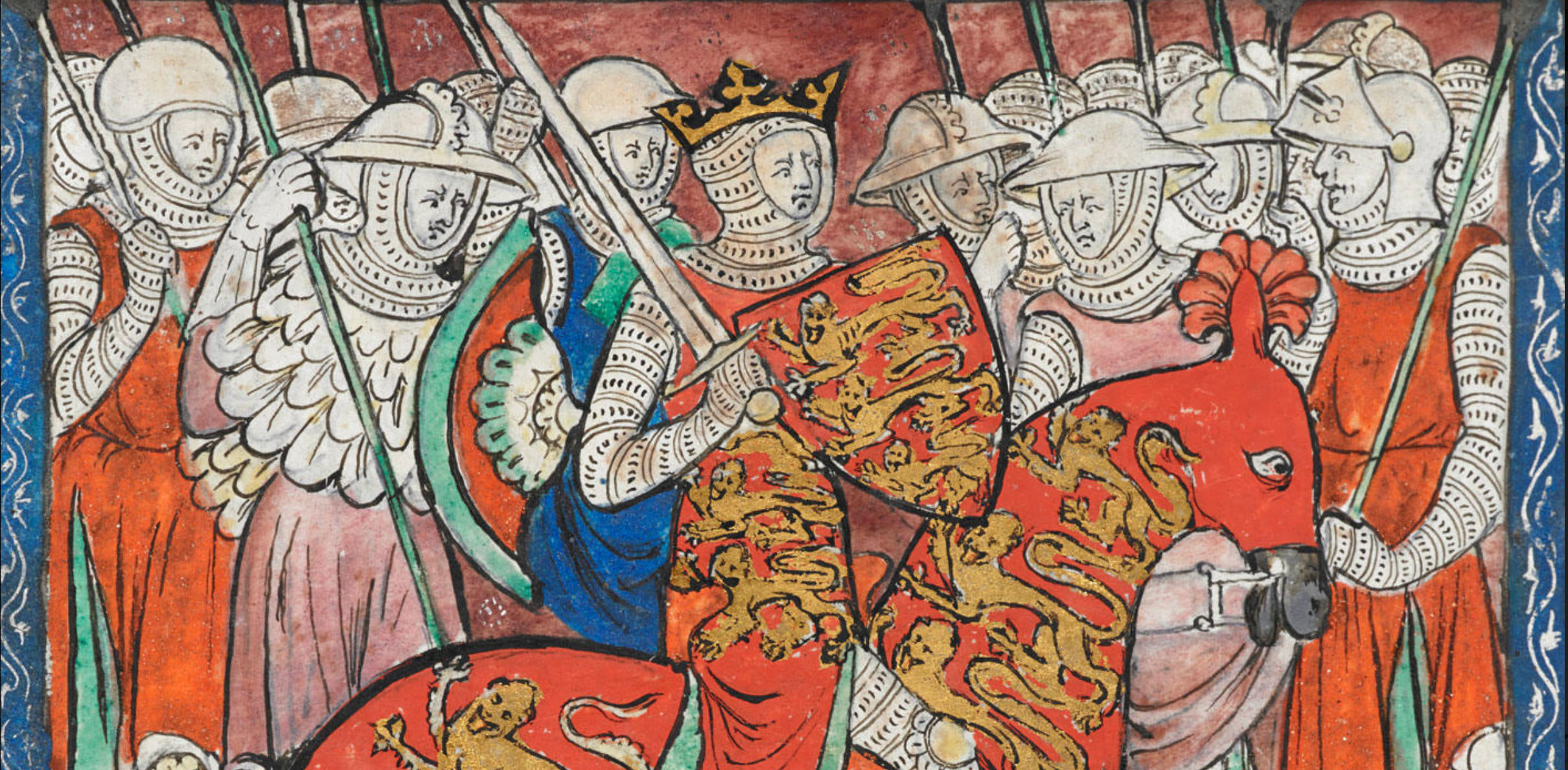Van Gogh's sister-in-law and mother of the phenomenon
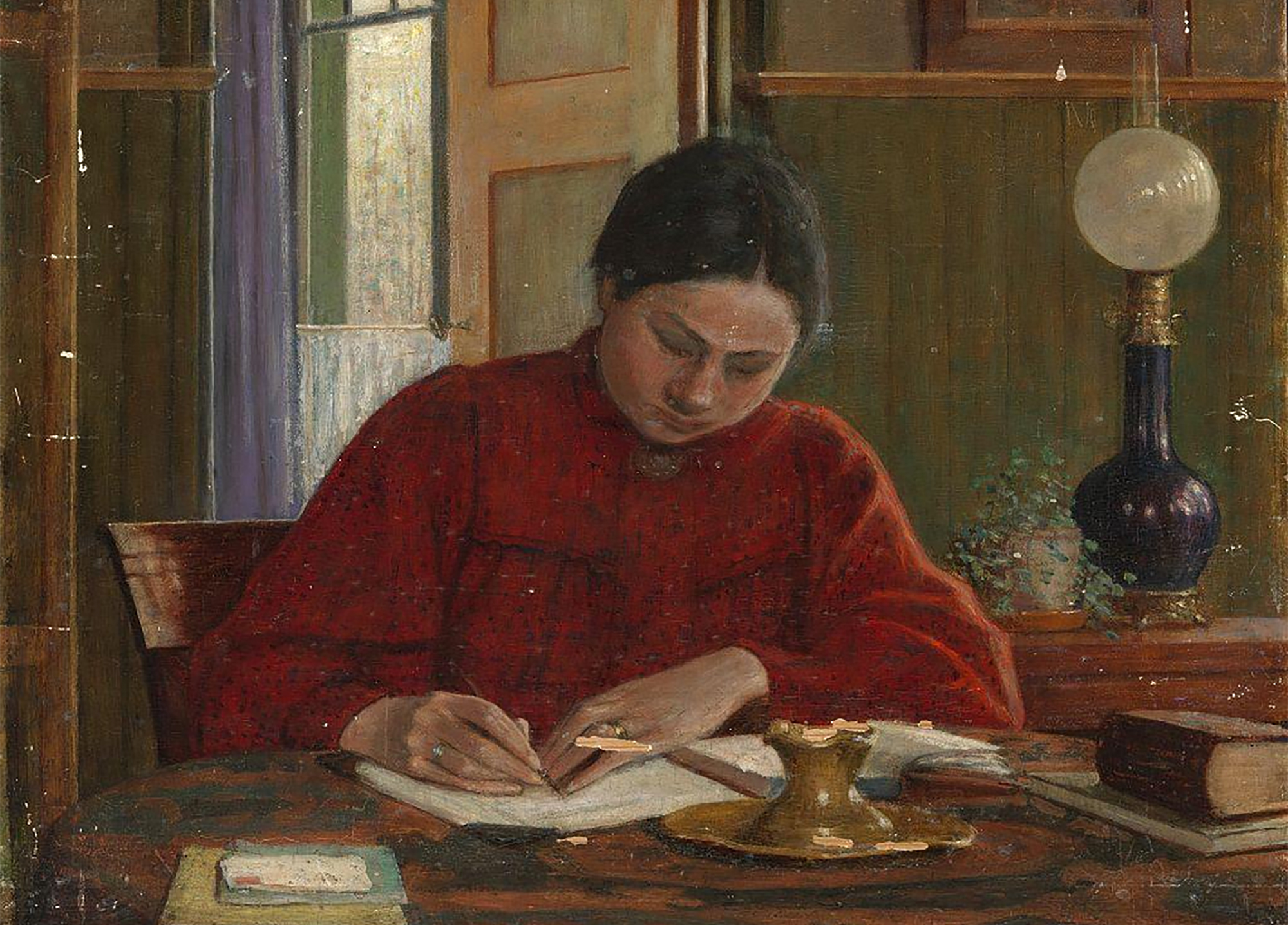
Bussum (Netherlands), 15 November 1891. Johanna Bonger (1862-1925) wrote in his journal: “For a year and a half I was the happiest woman on earth. It was a long and wonderful dream, the most beautiful one I could dream of. And then came this terrible suffering.” She wrote these words thinking of her husband, Theo Van Gogh, who died earlier this year.
Vincent Van Gogh's little brother left an apartment and almost all his work in Paris, dying half a year before Vincent Theo. Although her relatives advised her to take down Vincent's bad works of art, the widow took her newborn son and the brother-in-law's work and returned to the Netherlands.
He carefully studied the letters and writings of Vincent, essential to understand his nature and, consequently, his work. The audience had to meet the person Van Gogh in order to appreciate the artist.
In addition, Johanna wanted Van Gogh’s work to reach all the citizens, because the brother-in-law also wanted it to be so. “The most rewarding result of my work would be that my humble employees hung my prints in their rooms or in their workplaces,” Vincent once wrote to Theo.
So, in Bussue's house, he received visits from merchants and art critics, and if they didn't get closer, Johanna would go to them with his son in one hand and with some brother-in-law work in the other.
And little by little, his strategy made its way: he sold here some work, managed to introduce two or three works in an exhibition… Gradually he expanded the knowledge of the person behind the brutal expressiveness of those works, and the Van Gogh phenomenon began to grow.
Johanna Bonger himself took over the exhibition – or almost everything, as the invitations were made by the teenage son Vincent – with 484 pieces exposed. Since then he has not seen so many works of Van Gogh at once
In 1905 he got the unthinkable a dozen years earlier: Exhibition on Vincent Van Gogh in the main showcase of modern art in Amsterdam, the Stedelijk Museum. Johanna himself took over the exhibition – or almost in its entirety, as the invitations were made by the teenage son Vincent – with 484 pieces exposed. Since then, Van Gogh has not seen so many works at once.
The exhibition tripled the monetary value of Van Gogh's work and consolidated its prestige. And both Vincent and Johanna, expansion was not limited to elites.
About ten years ago, the researcher at the Van Gogh Museum in Amsterdam, Hans Luijten, got permission from his family to read the journal of Johanna. And in 2022, he published a book called Alles voor Vincent ("All by Vincent"). The work done by Johanna Bonger is thus made known.
Johanna started writing in the newspaper at the age of 17, and his first words were: “It would be terrible to say at the end of my life that I have not really lived for anything, I have not achieved much.”
Toledo, 1272-1280. Alfontso X.a Gaztelakoak Ama Birjinari eskainitako 427 kanta monodiko bildu zituen. Santa Mariaren Kantigek Erdi Aroko musika eta literatura bildumarik garrantzitsuenetakoa osatzen dute, baina, kantiga miniaturaz apainduta daudenez, ilustrazio horiek beste... [+]
Teofanes Aitorlea kronikalariak jaso zuenez, 763-764ko negua inoizko hotzenetakoa izan zen Konstantinoplan. Elurrak eta izotza hartu omen zuten bizantziar hiriburua eta Bosforon iceberg bat ere ikusi omen zuten.
Orain arte klima hoztea, besteak beste, jarduera... [+]
York, England, 2nd century. Various structures and houses were built in the Roman city of Eboracum. Among others, they built a stone building in the present Wellington Row and placed an arch in the wall that crossed the Queen’s Hotel. Both deposits were excavated in the second... [+]
It has been considered that the wine drank by the ancient Romans was a poorly made wine, without body and with an unpleasant taste. But the work that researchers at the universities of Ghent and Warsaw have published in Antiquity has provoked the withdrawal of this belief.
The... [+]
Hastings (England), 1066. The army of the Duke of Normandy I of Gil conquered the troops of King Harold II and conquered the throne. Gil's conqueror I was king until 1087.
In this reign after the Norman conquest, the rebellion organized uprising, effective administration and the... [+]









